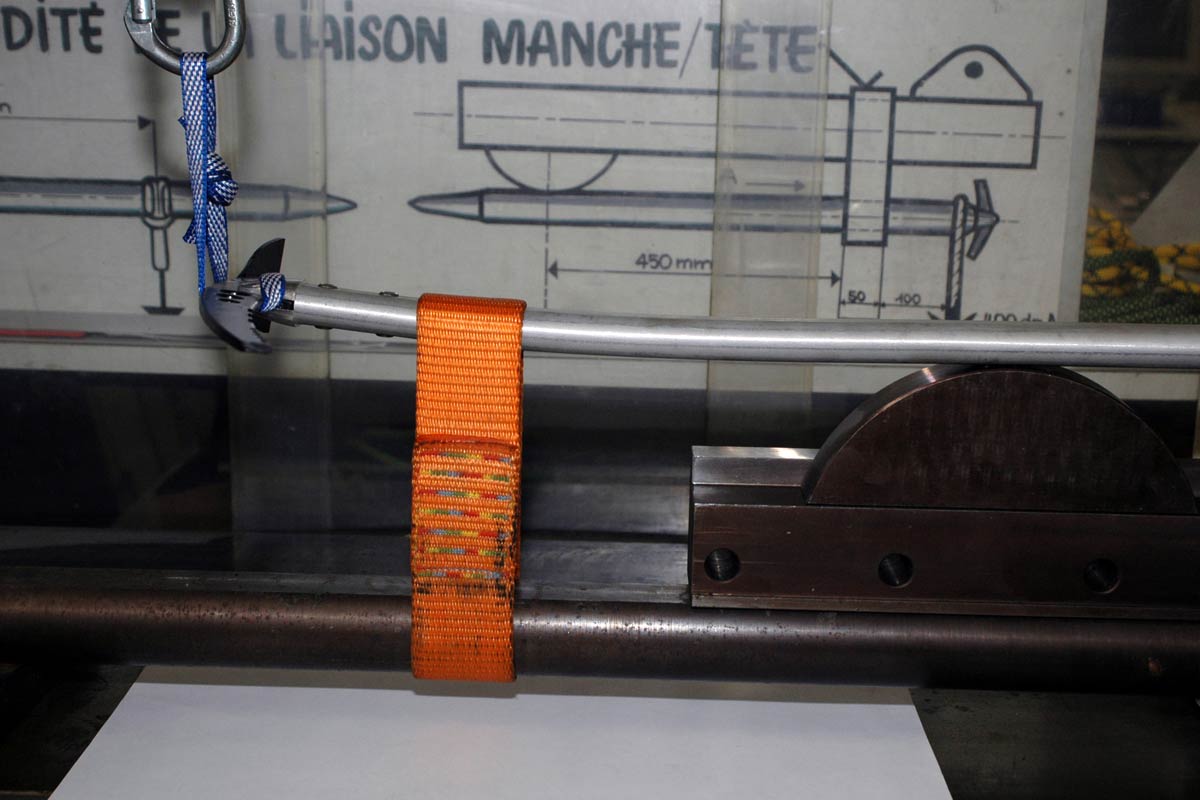The UIAA Safety Commission has published the first-ever safety standard for braking devices. It lays out performance parameters and testing procedures for belaying and abseiling devices.
The purpose of the new standard is to give climbers and mountaineers confidence that these critical pieces of gear meet the UIAA’s strict safety criteria.
Manufacturers meeting the standard can now apply for the new label, and if certified, can display it on rope braking devices from September 30, 2009. “The tests foreseen by the standard are simple, but it took a lot of time to reach agreement on them, since their results are very dependent on the characteristics of the rope used,” said Carlo Zanantoni, Safety Commission member. “The important point is that they provide a good production quality control.”
The standard deals with four kinds of braking devices: manual, locking-assisted, abseiling devices and abseiling devices with a panic function.
It lays out how to conduct static strength tests to assess stress on both the rope and the braking device. It also uses dynamic loads on locking-assisted equipment to look at how much the rope slips through the device in arresting a fall and if the rope or braking apparatus suffers damage in the process.
The Safety Commission and braking device manufacturers have been working on the standard for more than ten years.
The UIAA Safety Commission works to minimise accidents in mountaineering and climbing by developing and revising technical safety standards for equipment. It also offers guidelines for individuals on how to maintain equipment and avoid accidents.
Jean-Franck Charlet, Safety Commission president, calls the UIAA Safety Label “the worldwide reference for mountaineering and climbing safety equipment”. More than 50 manufacturers worldwide, representing 1,600 products, have been approved to use a UIAA Safety Label.
Download the new standard: Mountaineering and Climbing Equipment – Braking Devices (UIAA 129)


